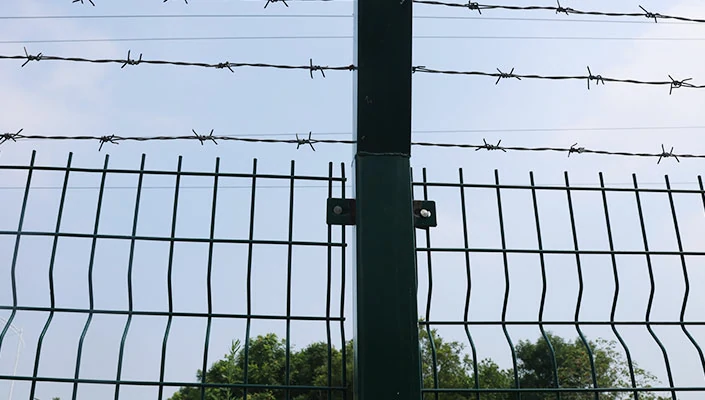weld mesh gauge
Understanding Weld Mesh Gauge A Comprehensive Guide
Weld mesh, commonly referred to as welded wire mesh or weld mesh, is an essential material used in various construction and engineering projects. It consists of wires welded together at their intersections to form a robust grid pattern. One critical aspect of weld mesh is its gauge, which signifies the thickness and strength of the wire used in its construction. This article explores the concept of weld mesh gauge, its significance, and the factors to consider when choosing the right gauge for your project.
What is Weld Mesh Gauge?
Weld mesh gauge refers to the diameter of the wire used to create the mesh. The gauge is typically measured using the American Wire Gauge (AWG) system or in millimeters for more precise applications. The choice of gauge significantly influences the weld mesh’s strength, flexibility, and overall performance in different settings.
Weld mesh is available in a variety of gauges, ranging from finer meshes (higher gauge numbers) to heavier ones (lower gauge numbers). For instance, a 12-gauge wire indicates a thicker and stronger wire than a 20-gauge wire, which is thinner and more flexible.
Importance of Choosing the Right Gauge
1. Strength and Durability The primary reason for selecting the appropriate weld mesh gauge is to ensure the structural integrity of the application. Thicker wires provide greater strength and can withstand higher loads, making them ideal for applications in construction, fencing, and reinforcement.
2. Application Specificity Different projects require different gauges. For instance, heavier weld mesh (lower gauge) is suitable for industrial applications, while lighter mesh (higher gauge) is often used in decorative applications or light-duty tasks.
3. Cost Efficiency While thicker meshes may offer superior strength, they also come at a higher price. Evaluating the requirements of your project can lead to cost savings by opting for the appropriate gauge without compromising on quality.
weld mesh gauge

4. Aesthetics In applications such as architectural design or fencing, the gauge can impact the visual appeal. Finer gauges can yield a more delicate appearance, while thicker gauges convey sturdiness.
Considerations When Selecting Weld Mesh Gauge
When determining the best gauge for your project, consider the following factors
1. Load Requirements Analyze the weight and stress that the weld mesh will need to endure. This will help you ascertain whether a lighter or heavier gauge is appropriate.
2. Environmental Conditions Assess the environment where the weld mesh will be used. For outdoor applications exposed to the elements, thicker gauges may provide better resistance to corrosion and extend the lifespan of the mesh.
3. Installation Method The installation process can also influence gauge selection. Thicker meshes may require more specialized tools and techniques, while lighter meshes could be easier to work with.
4. Compliance with Regulations Depending on your location, there may be building codes or regulations that dictate the use of certain gauges for specific applications. Always verify compliance to avoid penalties.
Conclusion
Weld mesh gauge is a fundamental consideration in the selection of welded wire mesh for various applications. By understanding the significance of gauge, project requirements, and contextual factors, you can make informed decisions that enhance the quality and performance of your projects. Whether for construction, decorative work, or reinforcement, choosing the right weld mesh gauge will ensure your work not only meets industry standards but also balances strength, flexibility, and cost-effectiveness. Always seek expert advice if uncertain, as consulting with professionals can further guide you toward achieving the best results for your specific needs.
-
Space-Saving Chain Fence Hacks Vertical Gardening with Cyclone MeshNewsJul.16,2025
-
Innovations in Iron Nail Wire Production for Modern ConstructionNewsJul.16,2025
-
Creative Uses of Wire Netting Fence in Modern Landscape DesignNewsJul.16,2025
-
Barbed Wire Fence Innovations in Anti-Climb TechnologyNewsJul.16,2025
-
Architectural Uses of Umbrella Nails for Aesthetic Roof DesignsNewsJul.16,2025
-
Architectural Uses of Razor Barbed Wire in Secure Urban DesignNewsJul.16,2025




